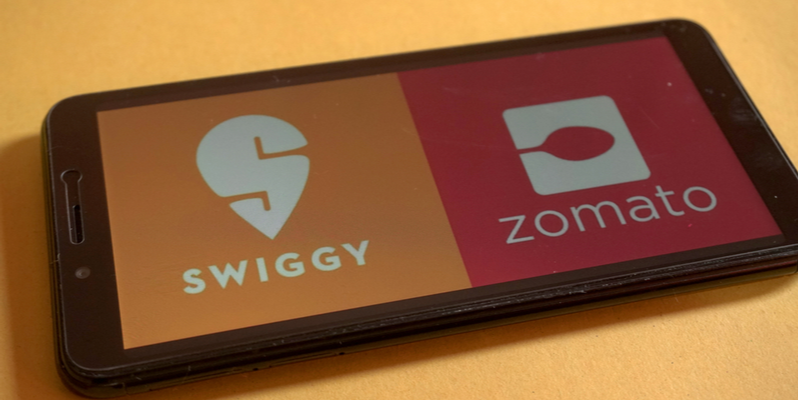Those who upskill will have a competitive advantage – Cisco CIO Gopalratnam
Cisco is looking closely at a digital transformation and changing its core strategy. From a focus on hardware, the company is keenly looking at software and its use cases across industries.
At the fifth edition of the Cisco India Summit, YourStory spoke to VC Gopalratnam, President, IT and CIO- International, Cisco. Speaking about the war for talent and the growing need for people to skill themselves, Gopalratnam speaks about the importance of skilling oneself faster than ever before.

YourStory: Why do you ask if people are ready to work with intelligent technology today? Is there a lack of talent?
VC Gopalratnam: If you look at the talent available today, it is very scarce. There aren’t enough talented individuals around. Those who are able to re-engineer and upskill themselves and stay in pace with the rate at which technology is changing, will have a competitive advantage. The companies that will be able to attract these people will definitely have an edge.
Cisco is in a war for talent. We believe that the technologies we are working in - networking, collaboration, security and all our verticals, we are shaping the industry trends. But it is hard to attract and retain the best talent. Changes happen every day around us.
Earlier, the question was, are intelligent people ready to work with technology? Several years ago, we believed we were smart individuals, and technology was not keeping in pace with the changes. But now, it has flipped. People are not changing fast enough, and technology is changing at a frightening speed. Technology, with the intervention of all new changes, has become more intelligent. So, the question is, are people adopting and changing to keep pace with this rate of change in Technology.
YS: How do you make people work with intelligent technology?
Gopalratnam: There are a few things we do, and the tried-and-tested method is education. We, therefore, invest in training and skilling, but that can only take you to a certain extent. The second thing is we have started to work in dynamic teams, where people can report to somebody, and at the same time work for somebody else in the organisation. This helps broaden perspectives. We also believe in experiential learning. We routinely create these small teams that can go off and do something for a while, like a rapid self-organised delivery team. The idea is to give people the opportunity to experience and work with new technologies.
YS: What is the digital transformation shift that Cisco is looking at?
Gopalratnam: For us, digital transformation is about the five elements - the network, working on the cloud model, leveraging the power of data, simplifying and automating, and building a great experience. All our activities in digital transformation is being driven by these tenants - both internally and externally.
YS: How important is security in today’s world?
Gopalratnam: If you pick a few things that are critical not just for Cisco’s success, but the success of the business world, it is security. This is the reason we take this line of business extremely seriously. We embed security in every dimension of what we do in the company. From a products and services standpoint, all the security solutions that Cisco takes to the outside world is first used internally. It is Cisco’s IT job that we internally are the best customer for the company.
For all our services, we have ‘Security Primes’. These are individuals who are directly responsible for embedding security in everything we do. You really can’t get past doing anything unless it has been blessed by the security teams and primes.
YS: Tell us how do you work with startups and your acquisitions?
Gopalratnam: At Cisco, we look at multiple capabilities. While we have large engineering and R&D teams, we also look externally.
There have been spin-offs, where we have taken few hundred people, unburdened them from the overhead of Cisco, asked them to go out and build something at scale quickly. Later, Cisco invests in the company and brings the technology back to the company. We have done over 200 such acquisitions. These are companies that generally plug a hole in our portfolio.
We do strategic and carefully-thought through investments in startups and small companies at different stages. Sometimes the investments are made to acquire them later, and sometimes we are interested in the people and the way they think and solve problems. It is also about investing in a company we may not be ready to acquire, but we want to see how the industry plays out, and we want to see how those companies take it forward.
We always look closely at Indian startups.











![[Startup Bharat] Y Combinator-backed BeWell Digital is enabling the digital transformation of radiologists](https://images.yourstory.com/cs/2/40d66ae0f37111eb854989d40ab39087/ImagesFrames31-1648033042143.png)